A Mysterious Fermented Food Known Only to Those in the Know! What is “Kobore-Ume”?
Last October, American food professionals visited fermented food producers to deepen their knowledge of Japanese fermentation culture during the “Hakko Tourism in Japan” tour campaign. As part of the tour, organizers held a tasting session where guests gave candid advice from the perspective of the American market to food product manufacturers looking to enter the United States market.
Simply put, kobore-ume is the lees generated from the production of mirin – a staple Japanese cooking ingredient that’s beginning to catch on in the west.
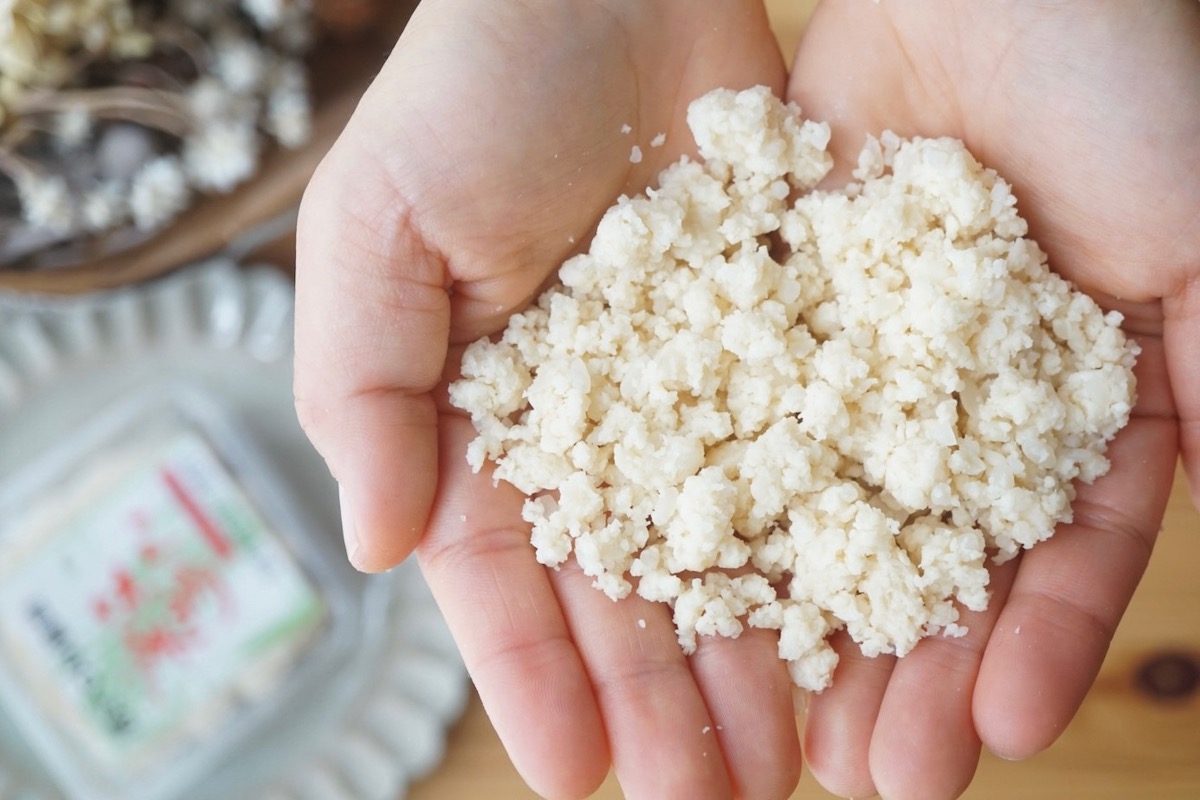
While related in this way, they’re also distinct for several reasons. Kobore-ume’s sweetness is derived from rice and it has a white, flakier consistency. Of course, sake-kasu comes from the production process of sake, while kobore-ume is derived from shochu – a type of high ABV spirit. Kobore-ume also retains some alcohol, sitting at about 7-8%.
The white, shredded shape looks like a plum (ume) flower in full bloom. This is the root of the word kobore-ume.
Because of its sweetness, it was a popular snack in Japan when sweets and candy were harder to get a hold of. In the past, it was sold at the gate towns that flourished near Japanese shrines and temples.
However, since the number of breweries that produce “hon-mirin” using the traditional method has decreased, Kobore-ume has become more difficult to find. Even in Japan, you’re not likely to find it at a standard supermarket.
It’s also a seasonal product, making it even more elusive. Mirin breweries usually only have it on sale during the brewing season.
Nowadays, kobore-ume is not as familiar as sake-kasu or amazake, but the gentle sweetness derived from rice and the deep flavor produced by aging make it a very appealing fermented food – if you can get your hands on it.
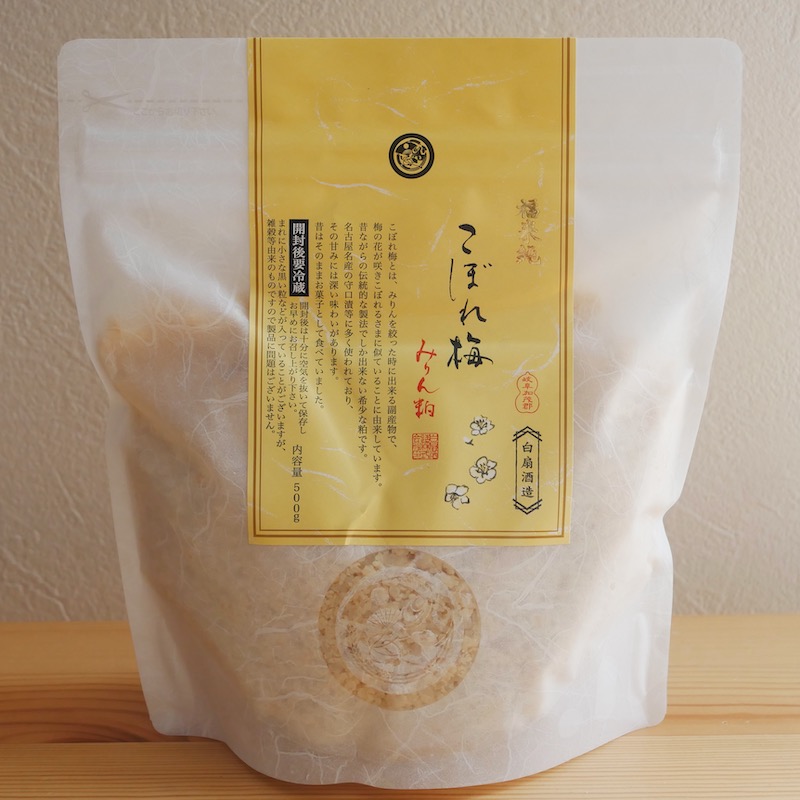
The nutritional benefits of kobore-ume
Mirin lees contains a kind protein called “resistant protein,” which works like dietary fiber. It isn’t digested in the stomach but reaches the intestines, absorbs excess sugars and fats in the intestines, and expels them from the body.
Mirin lees is also vegan and it can be used to make vegan-friendly sweets.
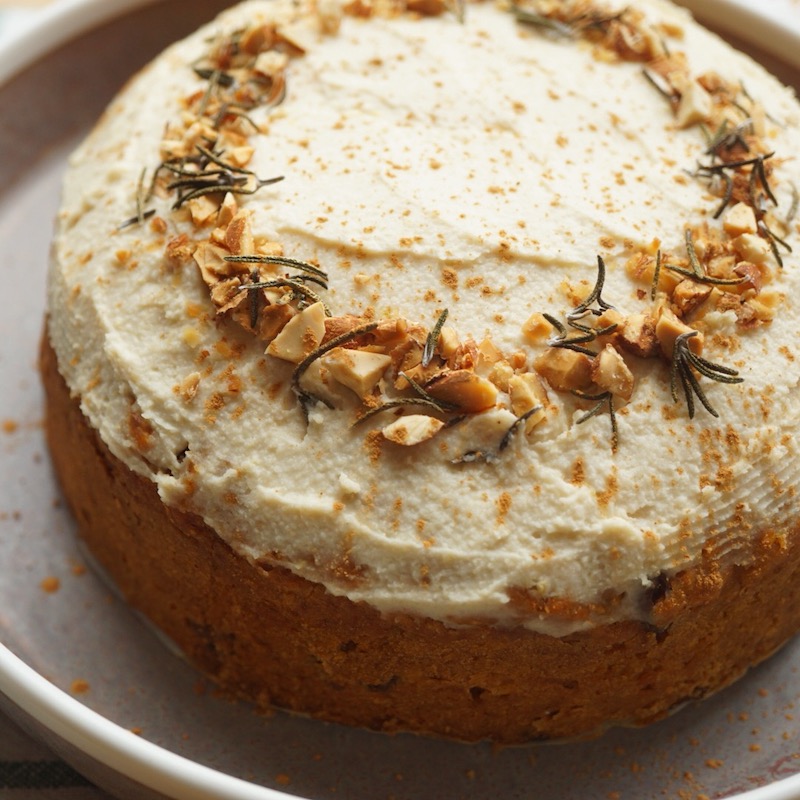
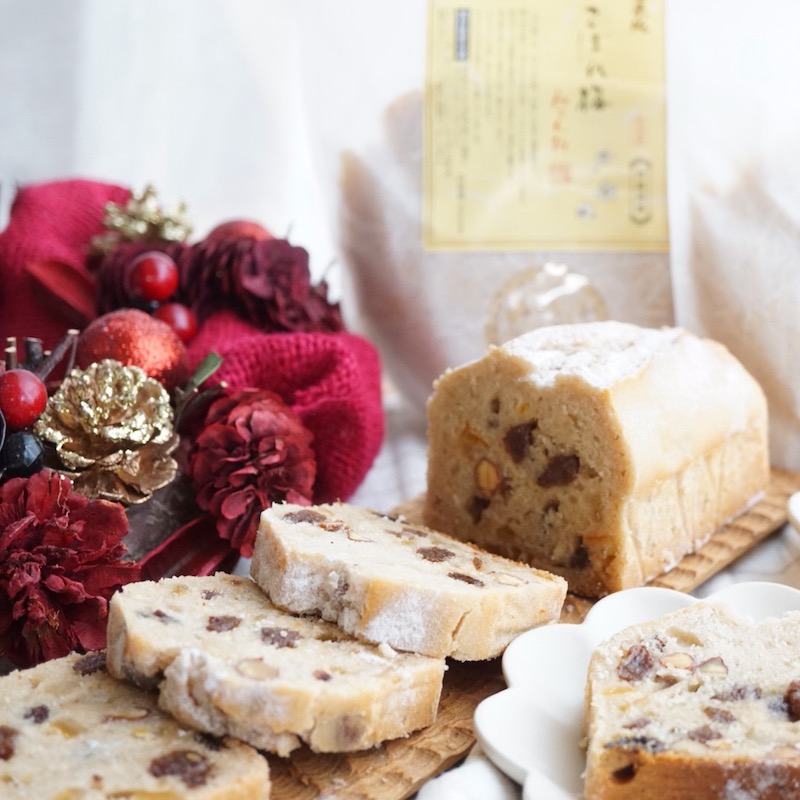
Making use of kobore-ume
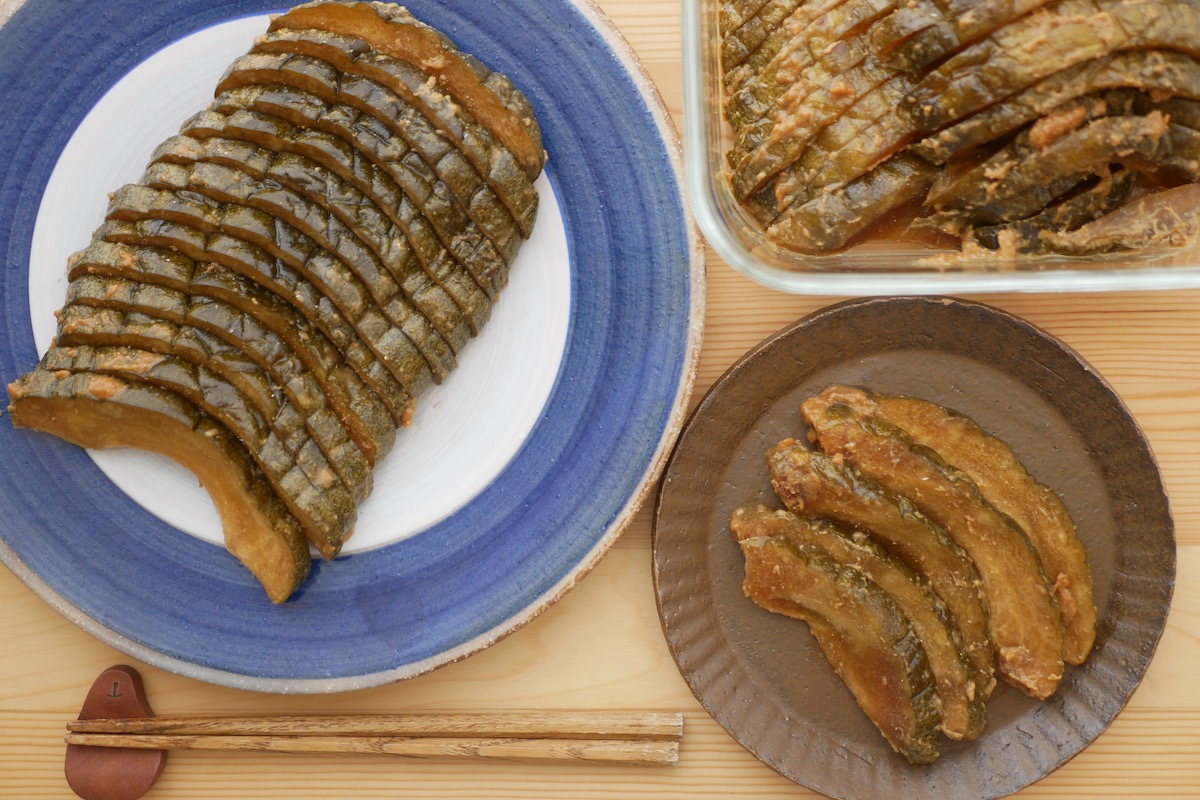
However, pickles are not the only way to use kobore-ume! It also comes in handy for daily cooking and baking.
For daily cooking
Kobore-ume also works well in miso, yogurt-based dips, tandoori and alcohol-pickled items.

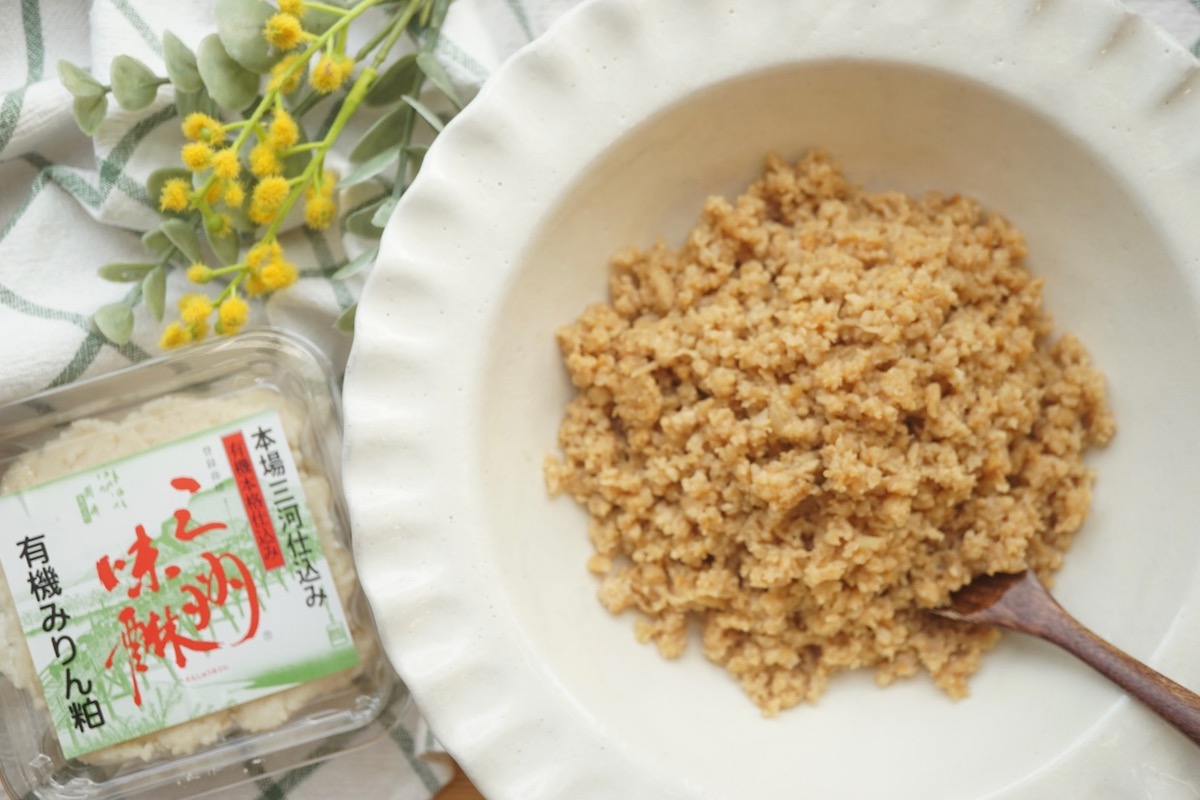
For baking
Cream-based products are also a perfect match, with kobore-ume bringing gentle sweetness and richness. Think cheesecakes, tiramisu and buttercream.
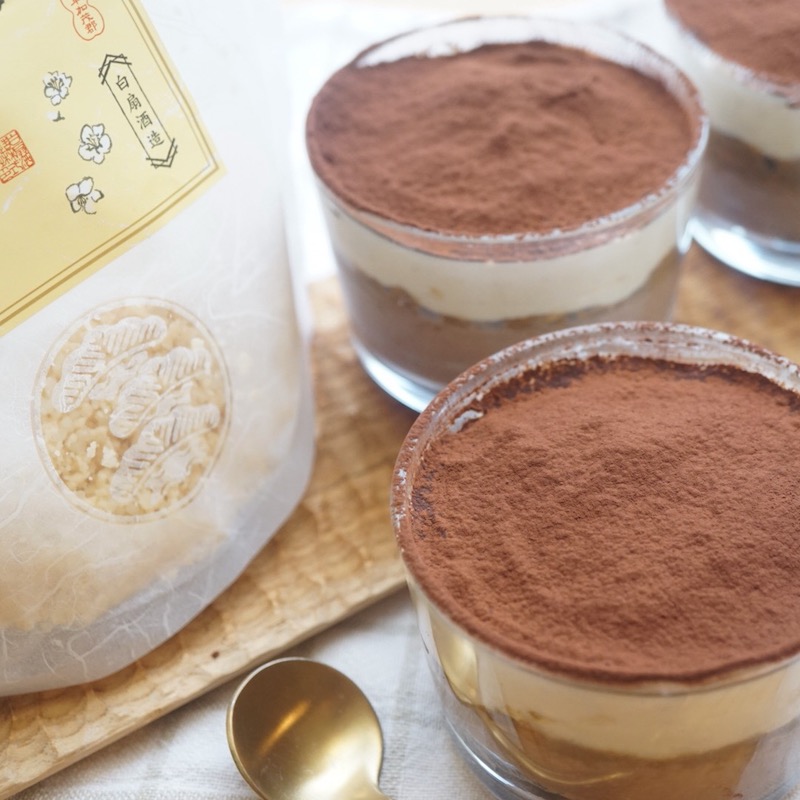

Coming up next week: A recipe making use of kobore-ume!
*Note: Brewing mirin at home is illegal in Japan. Please check your local laws if you are attempting to make your own mirin lees.
Maho Tanabe, the organizer of "Mirin Sweets and Fermented Foods" at Minamoto Shokudo, is an inner beauty planner and owner of Minamoto cafeteria. With expertise in fermented foods using koji and sake, she is a recognized authority in the fermented foods industry.

